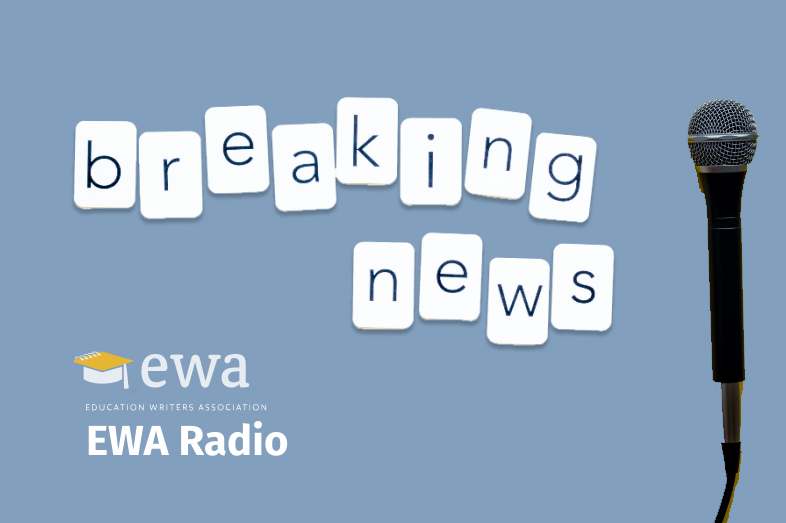
Want Reporting With More Impact? It’s Complicated.
In age of Trump, researchers look to high-quality journalism as tool for bridging divides
(EWA Radio: Episode 176)

In age of Trump, researchers look to high-quality journalism as tool for bridging divides
(EWA Radio: Episode 176)
At a time of deep political polarization in the United States, how might journalists play a role in bridging the divide among Americans? Complicate the narrative, suggests veteran journalist Amanda Ripley. “We need to find ways to help our audiences leave their foxholes and consider new ideas,” she writes in a new piece for the Solutions Journalism Network. “So we have a responsibility to use all the tools we can find, including the lessons of psychology.” Ripley shares insights gained by turning to the field of conflict resolution, which looks for ways to get people talking, listening, and considering opposing points of view on emotionally charged topics. She also spent time in the spending “Difficult Conversations Lab” at Columbia University’s Teachers College, where researchers have found that presenting people with more complex news coverage on volatile issues can make them more willing to consider different viewpoints. Where do education journalists fit into this picture? What are some hallmarks of standout education coverage that “embrace complexity” and could help people find common ground? Can casting a wider net for sources and asking some unexpected questions improve the breadth and depth of education reporting?
Find us on iHeartRadio, iTunes, Google Podcasts, Google Play Music, Pocket Casts, Radio.com (app only), Spotify, Stitcher, or through the RSS feed.
Your post will be on the website shortly.
We will get back to you shortly